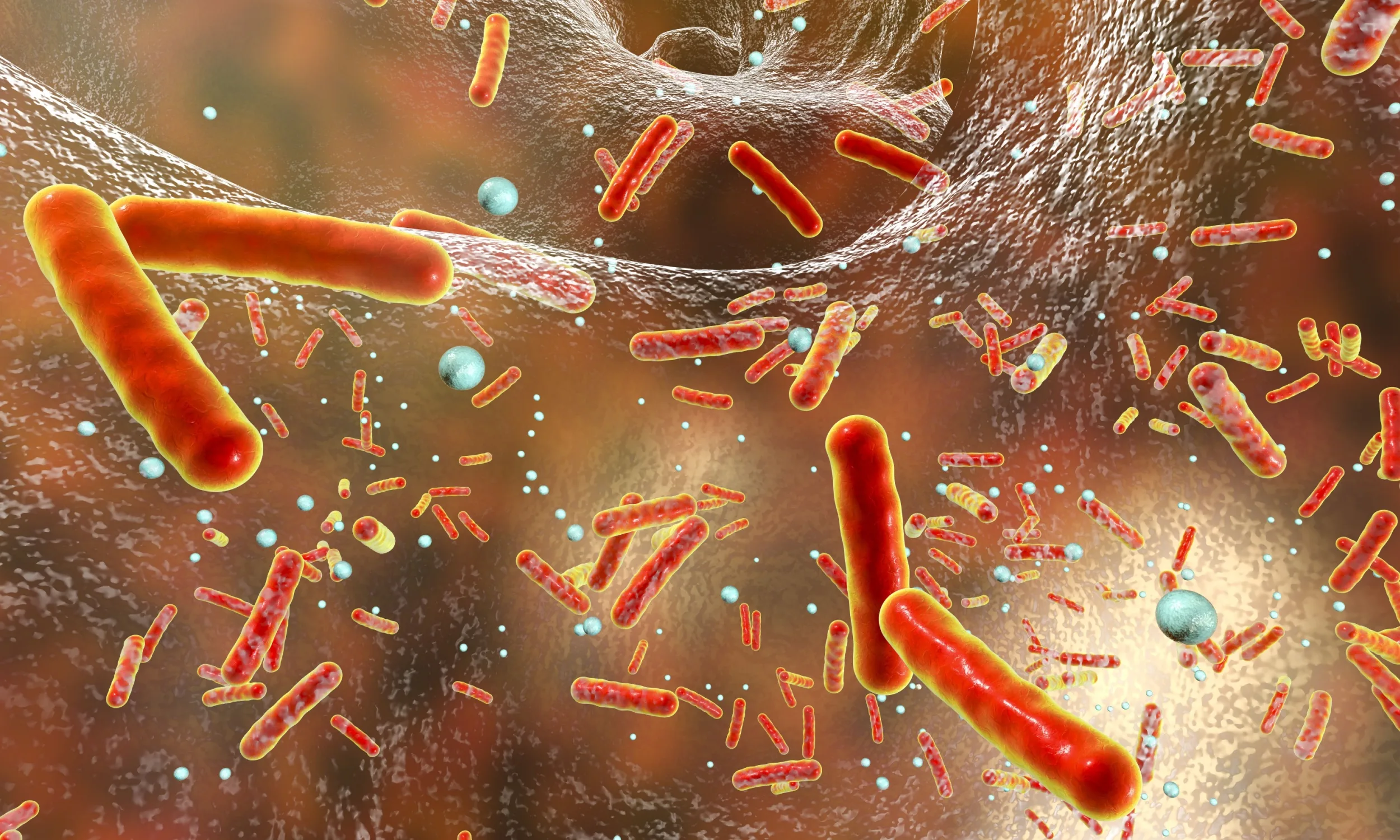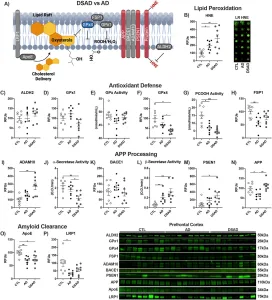Antibiotic Resistance: Why Reduced Usage Isn’t a Complete Solution
The fight against antimicrobial resistance (AMR) is a complex one. While efforts to curb antibiotic prescriptions have shown some success, a recent study highlights that simply reducing usage isn’t enough to completely halt the spread of resistance genes. This raises important questions about the multifaceted approach needed to tackle this global health threat.
The Persistence of Resistance Genes
Even with a decrease in antibiotic consumption, resistance genes continue to linger in the environment and within microbial populations. This persistence can be attributed to several factors:
- Legacy Effects: Resistance genes can remain present even after the selective pressure from antibiotic use is reduced.
- Horizontal Gene Transfer: Bacteria can easily share resistance genes with each other through a process called horizontal gene transfer, allowing resistance to spread rapidly.
- Environmental Reservoirs: Resistance genes can persist in environmental reservoirs such as soil and water, potentially re-introducing them into bacterial populations.
Beyond Prescriptions: A Comprehensive Approach
To effectively combat AMR, a more holistic strategy is required. This includes:
- Improved Sanitation and Hygiene: Preventing infections in the first place reduces the need for antibiotics.
- Responsible Antibiotic Use: Promoting appropriate prescribing practices and educating the public about antibiotic stewardship.
- Surveillance and Monitoring: Tracking the emergence and spread of resistance genes to inform public health interventions.
- Development of New Antibiotics and Alternative Therapies: Investing in research and development to create new tools to fight resistant bacteria.
The Global Implications
Antimicrobial resistance is a global threat that requires international collaboration. Without coordinated action, we risk losing the effectiveness of antibiotics, which are essential for treating a wide range of infections. This could have devastating consequences for public health and the global economy.
Final Words
While reducing antibiotic use is a crucial step in combating AMR, it’s only one piece of the puzzle. A comprehensive approach that addresses the persistence of resistance genes, promotes responsible antibiotic use, and invests in new therapies is essential to protect the future of medicine.




+ There are no comments
Add yours